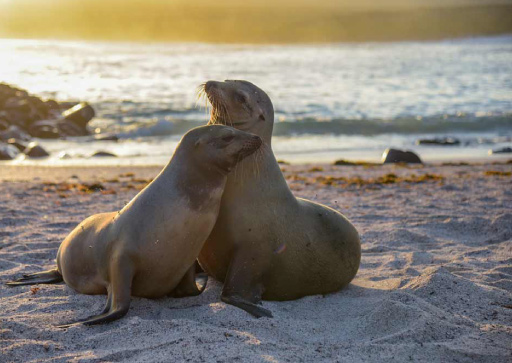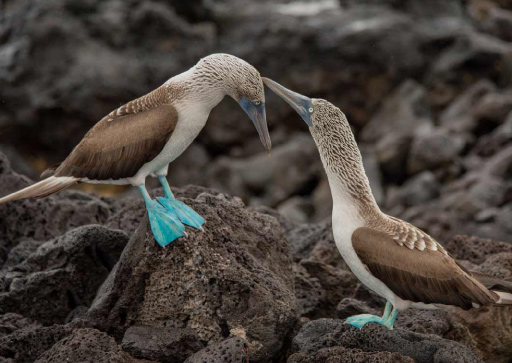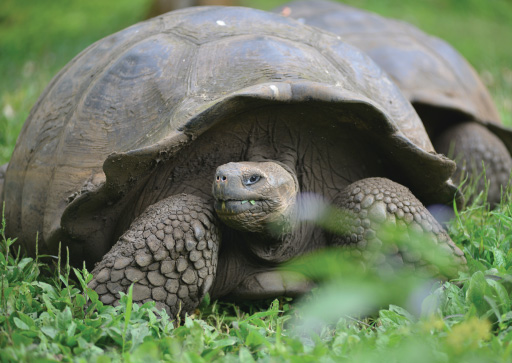The Galapagos a Natural Wolrdwide Heritage
Natural World Heritage

The Galapagos Islands were declared Natural World Heritage due to their emblematic ecosystem where living unique creatures, many of them are found nowhere else in the world!
UNESCO qualifies a site, an area or any specific location as a World Heritage, based in itself be deemed to have “Outstanding Universal Value” and, perhaps the most importantly, must be of common importance for present and future generations.

The natural heritage contenders must also meet the following criteria:
- Criteria VII: To contain superlative natural phenomena or areas of exceptional natural beauty and aesthetic importance
- Criteria VIII: To be outstanding examples representing major stages of earth's history, including the record of life, significant on-going geological processes in the development of landforms, or significant geomorphic or physiographic features
- Criteria IX: To be outstanding examples representing significant on-going ecological and biological processes in the ecolution and development of terrestrial, freshwater, coastal and marine ecosystems and communities of plants and animals
- Criteria X: To contain the most important and significant natural habitats for in-situ conservation of biological diversity, including those containing threatened species of outstanding universal value from the point of view of science or conservation

Galapagos managed to check off each of these criteria and at least needed one of them, so it is inscribed in the World Heritage List. In fact, the Galapagos Islands were declared a Natural Heritage Site for Humanity in 1978 and one important fact you should know is that over two decades later, UNESCO extended this designation to include in the list to the Galapagos Marine Reserve. However, holding such a prestigious UNESCO title means that the protection of this one of a kind place is of the utmost importance to its nation. These World Heritage sites are revised by UNESCO every six years in order to check the state of the site, as well as the measures that have been implemented to help protect and conserve the site.
For all those facts, such an honor and title also entails that the State that the site belongs (in this case Ecuador) has an “Enduring Obligation” to guarantee the conservation, management, and monitoring of the Heritage Site.

The Galapagos National Park reinforces its conservation efforts with the following measures:
- Upon arrival, travelers receive a welcome package at immigration that includes not only information about the uniqueness of the National Park, but also why it is everyone’s responsibility to help keep it the way it is.
- Requires that every tourist explore the National Park in the company of naturalist guides, who have been licensed and certified by the Galapagos National Park Service.
- All naturalist guides help keep visitors continuously informed about the fragile and delicate nature of the archipelago.
- The National Park fee that visitors must pay upon arrival are funds which go into preserving the National Park itself.
Note: Since the Charles Darwin expedition to nowadays, Galapagos also continues to serve as a living laboratory of evolution.